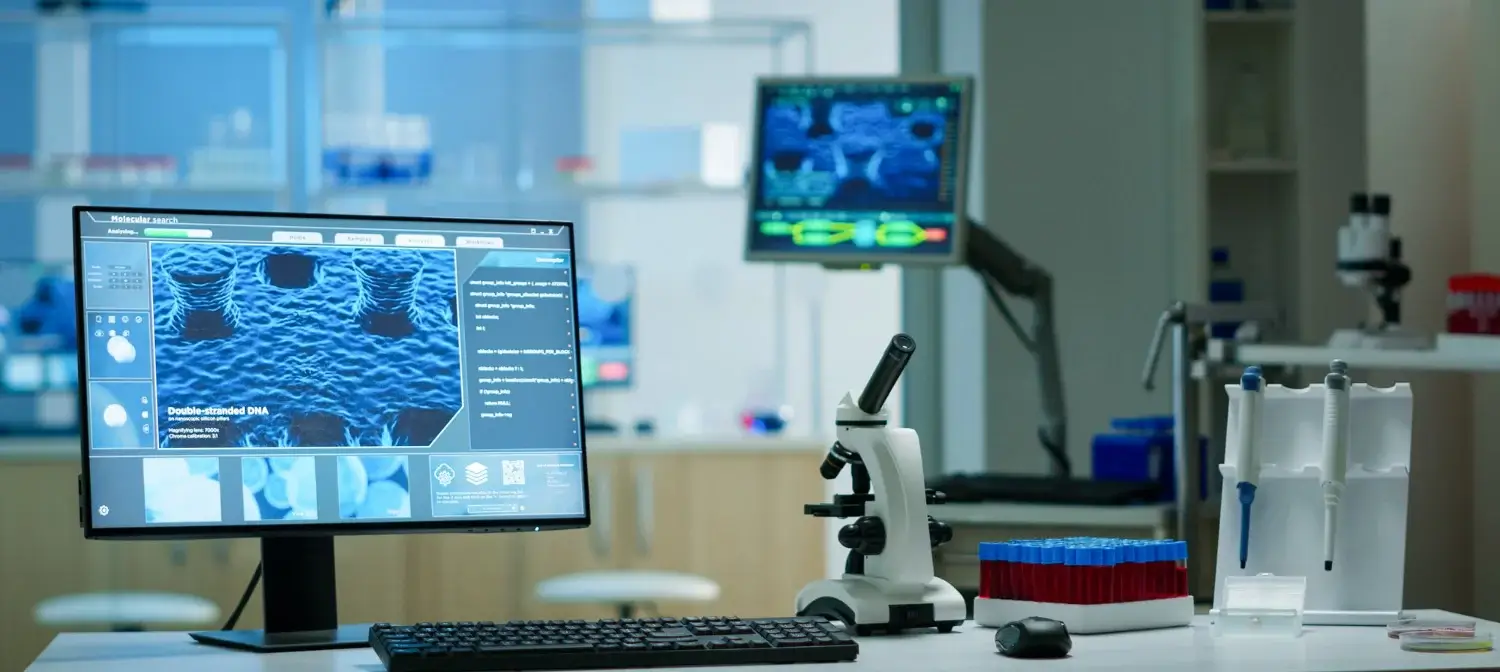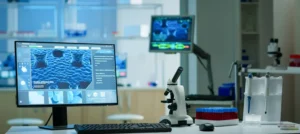Objective
To track agreement between single positron emission computed tomography (SPECT) V/Q and CT angiography in patients with high clinical suspicion of pulmonary embolism (PE). If significant agreement occurs, a case could be made for more frequent use of chest radiography followed by SPECT V/Q scanning given its lower risk profile.
Introduction
Diagnosis of PE can be difficult. CT pulmonary angiography (CTA) is the preferred initial test, but may be indeterminate, is a significant source of ionizing radiation, and is contraindicated in renal insufficiency. SPECT ventilation/perfusion imaging (V/Q) is therefore preferred in certain patients.
Methods
Two thousand nine hundred and twenty patients admitted to a tertiary care hospital in New York City were screened and 100 consecutive high-risk patients who required both CTA and V/Q for an initial indeterminate or negative imaging test despite a high pre-test probability were identified. The agreement between these tests was evaluated.
Results
There was no significant agreement between CTA and V/Q when positive, negative and indeterminate results were included (K = 0.18, SE = 0.09, p = 0.051). However, in the presence of a positive finding on either test, there was substantial agreement between the two (K = 0.62, SE = 0.27, p = 0.02). In 30 cases in which CTA was indeterminate, V/Q was diagnostic 93 % of the time. In 12 cases in which V/Q was indeterminate, CTA was diagnostic 83 % of the time and negative in 100 % of those cases.
Conclusion
In the presence of an indeterminate CTA in patients with high clinical suspicion of PE, SPECT V/Q often provides a diagnosis.
References
-
Silverstein MD, Heit JA, Mohr DN, Petterson TM, O’Fallon WM, Melton LJ. Trends in the incidence of deep vein thrombosis and pulmonary embolism: a 25-year population-based study. Arch Intern Med. 1998;158:585–93.
-
Sandler DA, Martin JF. Autopsy proven pulmonary embolism in hospital patients: are we detecting enough deep vein thrombosis? J R Soc Med. 1989;82:203–5.
-
Schoepf UJ, Costello P. CT angiography for diagnosis of pulmonary embolism: state of the art. Radiology. 2004;230:329–37.
-
Sostman HD, Miniati M, Gottschalk A, Matta F, Stein P, Pistolesi M. Sensitivity and specificity of perfusion scintigraphy combined with chest radiography for acute pulmonary embolism in PIOPED II. J Nucl Med. 2008;49:1741–8.
-
Freeman LM, Haramati LB. V/Q scintigraphy: alive, well and equal to the challenge of CT angiography. Eur J Nucl Med Mol Imaging. 2009;36:499–504.
-
Task group on control of radiation dose in computerized tomography. The International Commission on Radiological Protection. Managing patient dose in computed tomography: a report of the International Commission on Radiological Protection—ICRP publication 87. Ann ICRP. 2000; 30:7–45.
-
Einstein A, Henzlova M. Estimated risk of cancer associated with radiation exposure from 64-slice computed coronary angiography. JAMA. 2007;298:317–23.
-
Reinartz P, Wildberger JE, Schaefer W, Nowak B, Mahnken AH, Buell U. Tomographic imaging in the diagnosis of pulmonary embolism: a comparison between V/Q lung scintigraphy in SPECT technique and multislice spiral CT. J Nucl Med. 2004;45:1501–8.
-
Gutte H, Mortensen J, Jensen CV, Von Der Recke P, Kristoffersen US, Kiaer A. Comparison of VQ SPECT and planar VQ scintigraphy in diagnosing acute pulmonary embolism. Nucl Med Commun. 2010;31:82–6.
-
Roach PJ, Bailey DL, Schembri GP, Thomas PA. Transition from planar to SPECT VQ scintigraphy: rationale, practicality and challenges. Semin Nucl Med. 2010;40:397–407.
-
Stein PD, Freeman LM, Sostman DH. SPECT in acute pulmonary embolism. J Nucl Med. 2009;12:1999–2007.
-
Goldhaber SZ, Visani L, De Rosa M. Acute pulmonary embolism: clinical outcomes in the international cooperative pulmonary embolism registry (ICOPER). Lancet. 1999;353:1386–9.




